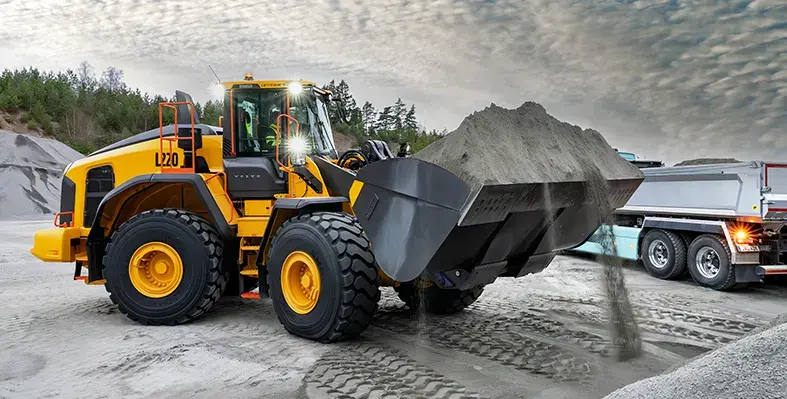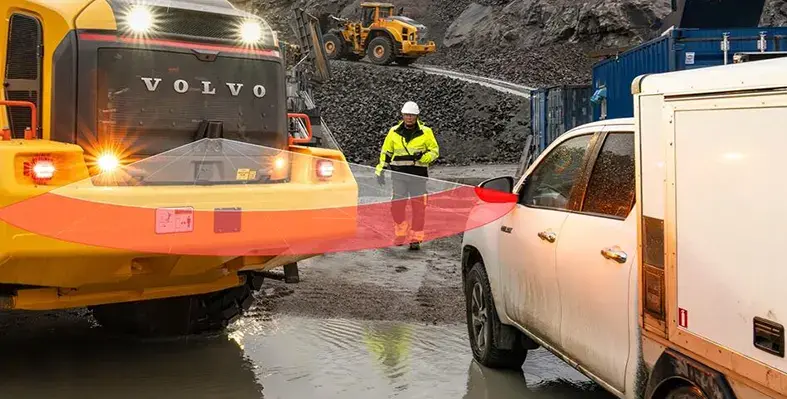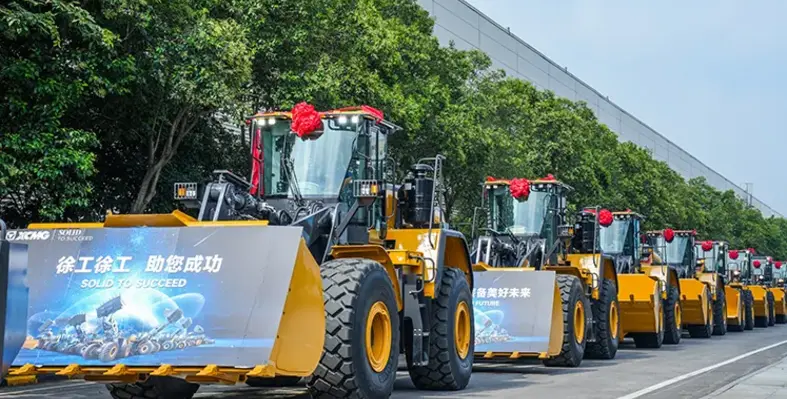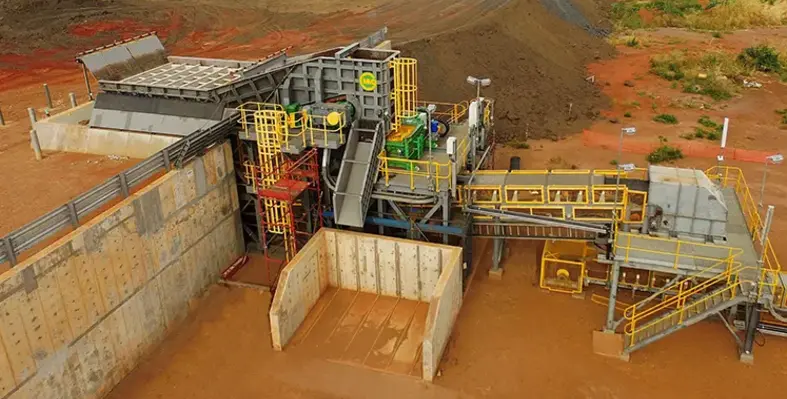
The latest Volvo wheel loaders comes with standard cutting-edge automation to simplify your workday. (Image source: Volvo CE)
If you're in the business of moving heavy materials, operating under pressure, and meeting tight project timelines, the new generation of Volvo wheel loaders is built for you.
Designed with smart, time-saving features and built-in efficiencies, these machines are all about getting more done — faster, smoother, and with less effort.
Smarter control for smoother operation
Manual operation is becoming a thing of the past. The latest Volvo wheel loaders comes with standard cutting-edge automation to simplify your workday and boost performance.
-
New Smart Control engine mode means you can lower fuel consumption without compromising on productivity. This intelligent feature helps you stay on top of demanding schedules. Spend less time on repetitive tasks and more on what really counts – delivering results.
-
Auto-Bucket Fill is a game-changer – especially in rehandling work. At the push of a button, the system automatically fills, curls, and lifts the bucket while managing the throttle for you. It’s ideal for both seasoned pros and newer operators, helping reduce fatigue, extend tire life, and keep productivity high all day long.
-
Load-sensing hydraulics ensure ultra-responsive handling, while automatic bucket leveling provides precise and consistent operation.
Built for performance and productivity
Whether you're working on construction sites, in quarries, or in material handling operations, time is money.
-
L150 & L180: Now equipped with direct lock-up shifting for faster response and more efficient power delivery. By eliminating torque converter slip, you get smoother shifting, quicker cycles, and better fuel economy – ideal for load-and-carry work.
-
L220 & L260: Tackle tough ground with Automatic Traction Control, which automatically engages the front axle differential lock for extra grip when you need it. It cuts wheel slip, reduces tire wear, and keeps you moving confidently through rough conditions. Automatic Traction Control is also available as an option for rear axles.
-
Volvo’s OptiShift technology with patented Reverse by Braking reduces cycle times, improves fuel efficiency, and increases torque output at lower speeds. That means stronger performance when and where you need it most.
Prioritising operator safety, always
Safety is non-negotiable. Volvo’s next-gen loaders come equipped with:
-
360° Volvo Smart View camera system
-
Collision Mitigation System for safer reversing
-
Enhanced all-around visibility with an upgraded cabin design
These innovations help keep operators and on-site teams protected, no matter how tough the conditions.
The new generation of Volvo wheel loaders includes the L150, L180, L200 High Lift, L220, and the L260. From all-round versatility to maximum lifting power, there's sure to be a model to fit your specific worksite needs.










